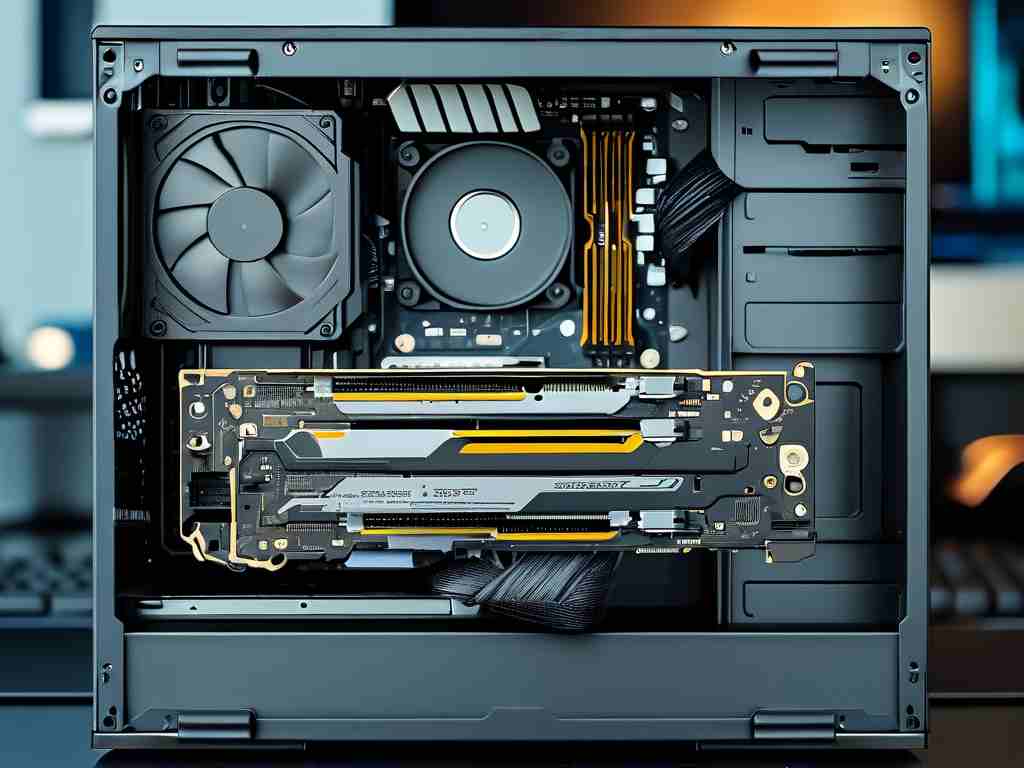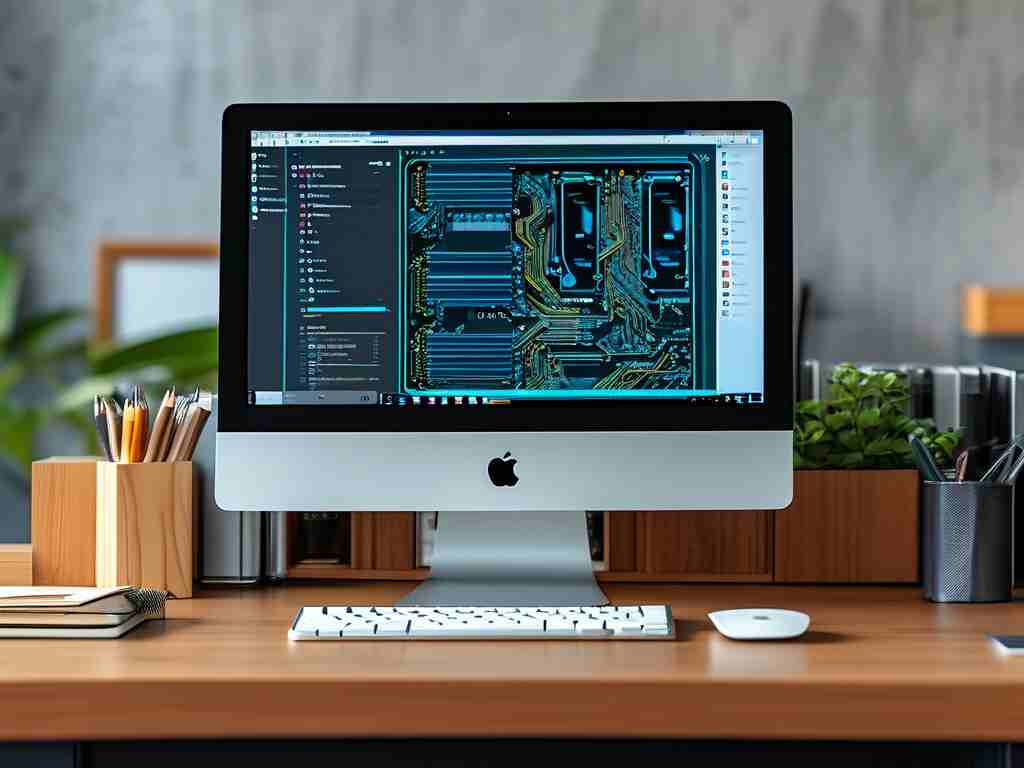With Apple's transition to custom silicon chips like M1 and M2, the debate around 8GB RAM in Mac computers has intensified. Many users wonder whether this configuration can handle today's demanding workflows. Let's explore real-world scenarios and technical insights to determine if 8GB RAM remains viable in 2024.

The first consideration is Apple's memory optimization. Unlike traditional x86 architectures, Apple Silicon uses unified memory architecture (UMA), allowing the CPU, GPU, and Neural Engine to share memory resources efficiently. This means 8GB on a Mac often delivers performance comparable to 12-16GB on Windows laptops for basic tasks. Light users running Safari with 10-15 tabs, streaming music, and using productivity apps like Pages or Numbers will likely experience smooth operation.
However, limitations emerge with specialized workloads. Video editors working with 4K timelines in Final Cut Pro may encounter slowdowns during rendering, especially when running background processes. Developers using Xcode with multiple simulators open might notice longer build times. The system relies heavily on SSD swap memory in these cases, which increases wear on storage drives over time. A simple Terminal command like system_profiler SPMemoryDataType reveals memory pressure metrics, helping users monitor actual usage.
Multitasking patterns also affect performance. Users who frequently switch between memory-hungry apps like Photoshop, Slack, and Chrome (known for high RAM consumption) could benefit from 16GB. macOS's memory compression technology helps mitigate bottlenecks, but there's a tangible difference when handling large datasets or virtual machines. For instance, running Windows 11 via Parallels Desktop on an 8GB MacBook Air results in noticeable lag when both operating systems compete for resources.
Future-proofing is another critical factor. While current macOS versions like Sonoma run smoothly on 8GB, software requirements evolve annually. Machine learning frameworks and AI-powered features in upcoming apps may demand more headroom. Users planning to keep their Macs for 3+ years should consider higher configurations, especially given that Apple devices don't support post-purchase RAM upgrades.
Price-to-performance ratios further complicate the decision. The $200 premium for upgrading to 16GB often sparks debate—is it better to invest in extra storage or memory? Those prioritizing photo libraries might lean toward larger SSDs, while power users should prioritize RAM. Third-party benchmarks using tools like Geekbench 6 show marginal gains for casual workflows but significant advantages in sustained workloads.
In , 8GB RAM Macs serve casual users and students effectively but show constraints in professional environments. The decision ultimately hinges on individual use cases and budget considerations. As cloud-based solutions and memory optimization improve, 8GB configurations may remain relevant longer than expected, though cautious buyers should evaluate their long-term needs before purchasing.









